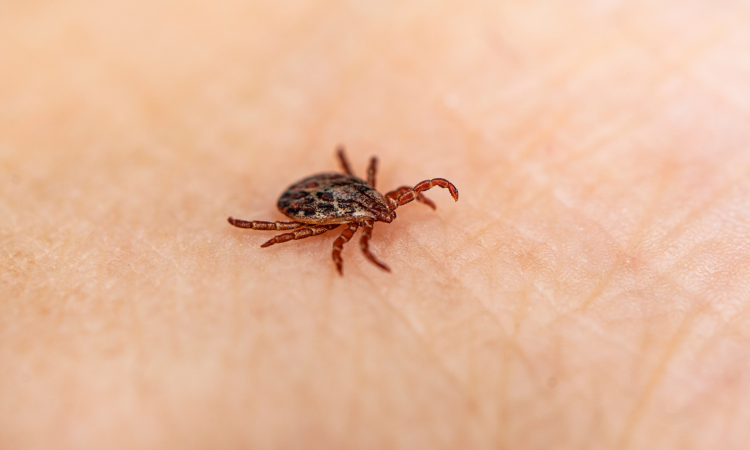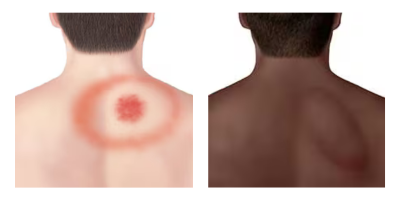
Lyme disease is a common illness transmitted by ticks, and it's becoming more frequent in Ohio. Over the past five years, cases have risen significantly. Dr. Sean Gallagher explains how to protect yourself and what to do if you've been bitten.
Preventing Tick Bites
- After spending time outdoors, check yourself and your pets for ticks (in hair, behind the ears, and around joints), especially after hiking or spending time in the woods, grass, or brush areas. Consider changing clothes in case ticks are on your clothing.
- Use tick-repelling products for your clothing and body:
- Before going outdoors, treat your clothing, footwear, and camping gear with products containing 0.5% permethrin. This chemical repels ticks and is typically effective after several washes.
- Use Environmental Protection Agency (EPA) registered bug repellents and follow their application guidelines. The EPA has a helpful tool for selecting the proper bug repellents based on your needs.
How to Remove a Tick
If you find a tick on you, don't panic. Use tweezers and grab the tick right where it is in contact with the skin. Pull upward with firm, even pressure. This technique helps ensure you remove the "mouth parts" which dig into the skin. Wash the area with soap and water after. For more detailed instructions, the CDC has a bot that can walk you through the process and provide medical recommendations if needed. Typically, Lyme disease bacterium is transmitted when a tick has been attached for 36 to 48 hours or longer. This emphasizes the importance of safely removing a tick as soon as you see it. If you remove it within 24 hours, you will significantly reduce your chances of getting Lyme disease.
Recognizing Lyme Disease
If a tick bite leads to Lyme disease, there tends to be a rash at the bite site that changes over time. The disease-causing bacteria, Borrelia burgdorferi, has a "flagellum" or tail it uses to move around, which causes the rash. In lighter-skinned individuals, the rash will look pink or red. People with darker skin tones will have a rash that looks darker than their surrounding normal skin color.  Image Sourced from CDCThe rash will spread outwards, and sometimes, the rash will present with a few layers of discoloration and look like a dart board. Other times, there is just a ring of discoloration with normal-appearing skin in the center. Call your doctor if you or your child develops a growing, round rash.
Image Sourced from CDCThe rash will spread outwards, and sometimes, the rash will present with a few layers of discoloration and look like a dart board. Other times, there is just a ring of discoloration with normal-appearing skin in the center. Call your doctor if you or your child develops a growing, round rash.
A diagnosis can be made based on the appearance of the rash or a blood test. Lyme Disease can be treated with Amoxicillin. That's right; the pink bubblegum-flavored medicine for ear infections and strep throat also treats Lyme Disease. Lyme Disease is easiest to treat in its beginning phases. The illness can progress to more severe conditions if not treated early on, including infections of the joint or the lining of the brain and affecting the nerves or heart.
Illness After Lyme Disease
"Chronic Lyme disease" is a loose term some people use to refer to long-term symptoms they think may be linked to an earlier case of Lyme disease. Its definition often fluctuates and is regularly disputed by the research and medical community. Research has proven that long-term symptoms are not due to ongoing illness caused by borrelia bacteria. There is also evidence that continued use of antibiotics does not improve these symptoms. Are the symptoms these patients report real? Absolutely, but a more accurate illness or condition is usually at play. Your primary care provider can help you navigate concerns or continuing health issues you may experience after having Lyme disease.
Lyme disease is treatable, and knowing how to prevent tick bites and what symptoms to look for is key, especially as cases rise in Ohio. Early treatment is crucial, so consult your primary care provider if you suspect a tick bite.
